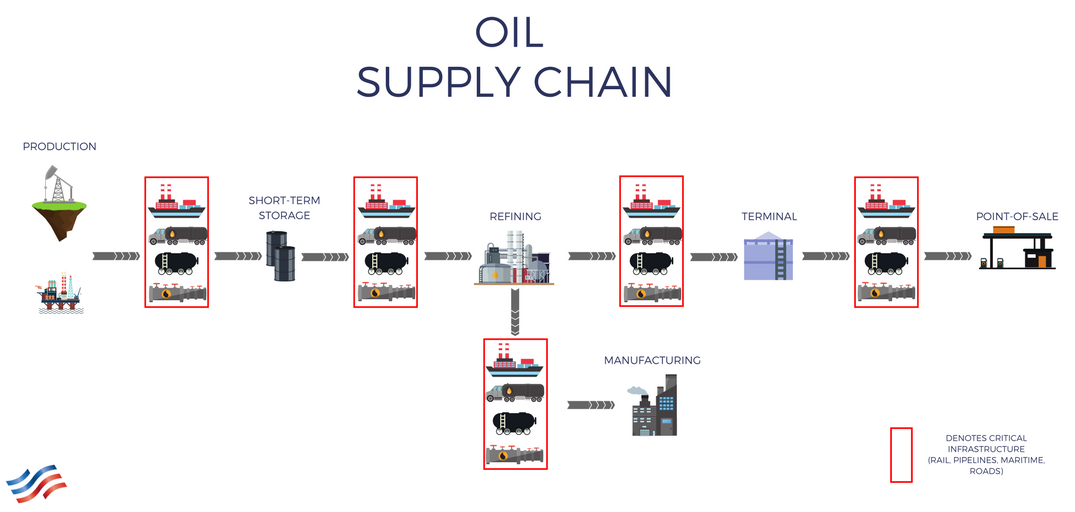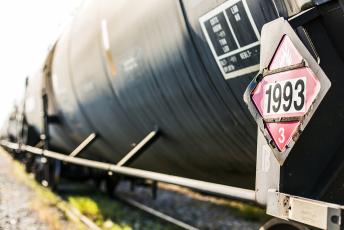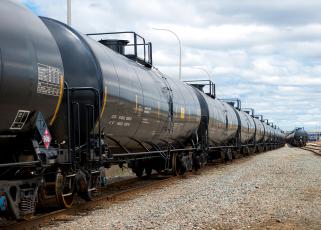Hurricane Harvey has slowed U.S. refinery output and disrupted the fuel supply chain. But thankfully, this disruption is not expected to be permanent.
Already more than half of the 24 refineries affected by the storm are moving to restore operations. Restarting a refinery is a complex, multi-stage process that takes time, but for many of the affected refineries, the process has started. The seaports and pipelines that were closed or shut down because of Hurricane Harvey, facilities that are essential for refineries to restart, are beginning to come back online as well.
In the interim, the dynamic and resilient U.S. fuel supply chain is adapting. Market participants are moving more product within the U.S. by marine vessel, replacing pipeline supplied fuel from affected refineries with product from storage and from refineries in the Northeast. Gasoline, diesel and jet fuel from refineries around the world is heading to the U.S. Transport trucks are traveling to more distant terminals to secure fuel for retail outlets.
Although the disruptions caused by Hurricane Harvey have pushed fuel prices higher, they are lower than historical averages and should readjust as refineries and other infrastructure return to normal operations.
. 


